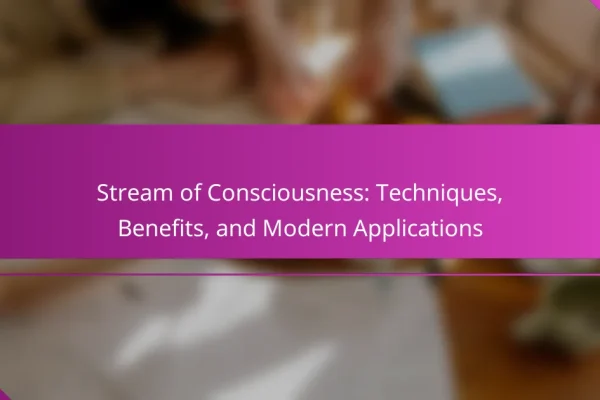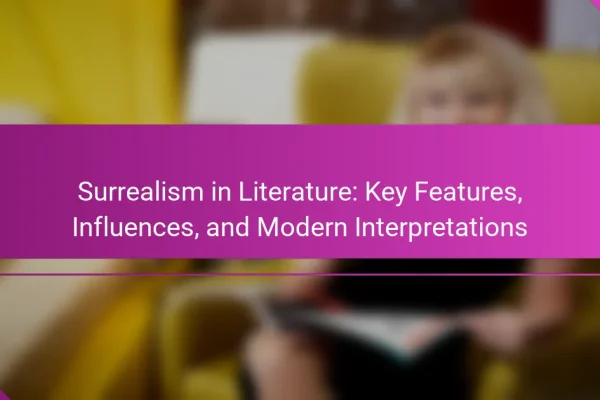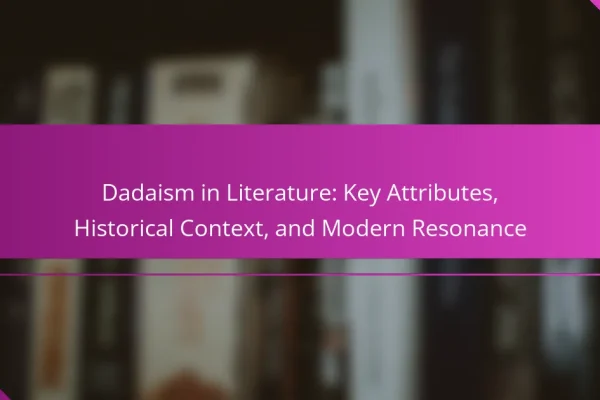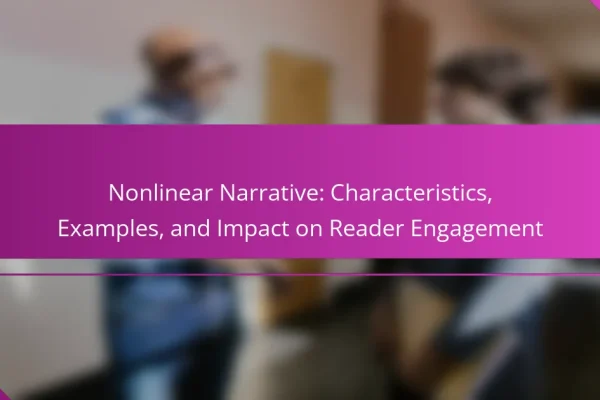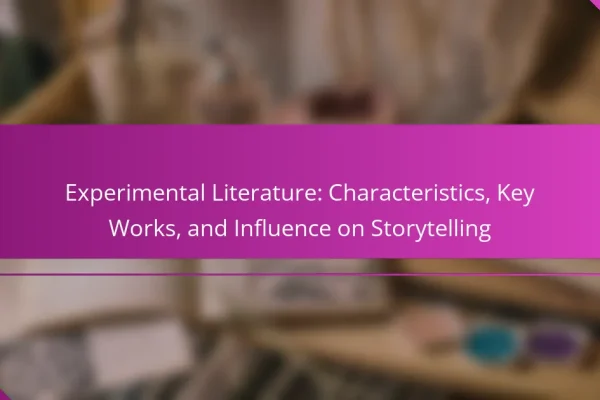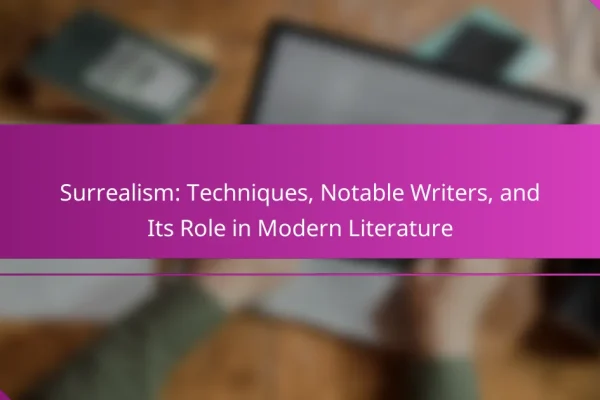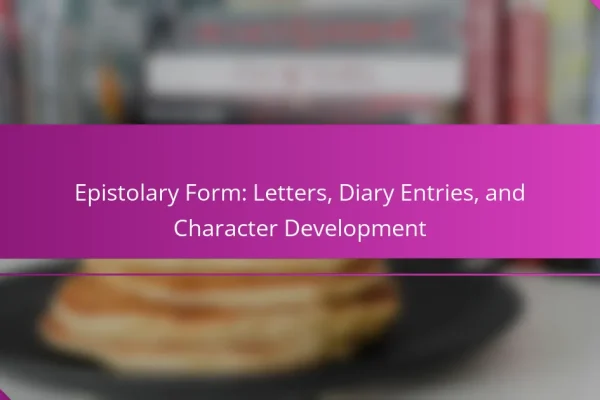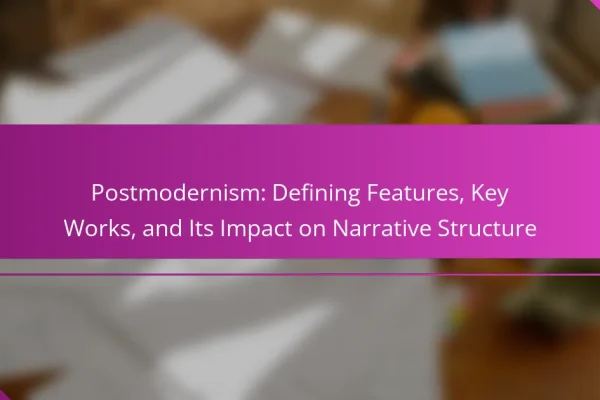
Postmodernism: Defining Features, Key Works, and Its Impact on Narrative Structure
Postmodernism reshapes our understanding of narrative through its skepticism and irony. Key features include fragmentation, intertextuality, and self-referentiality. Influential works like “Gravity’s Rainbow” and “Infinite Jest” exemplify these traits, challenging traditional storytelling. The impact of postmodernism extends across cultures, reflecting diverse perspectives and contemporary societal issues. What are the defining features of postmodernism? Postmodernism is…
